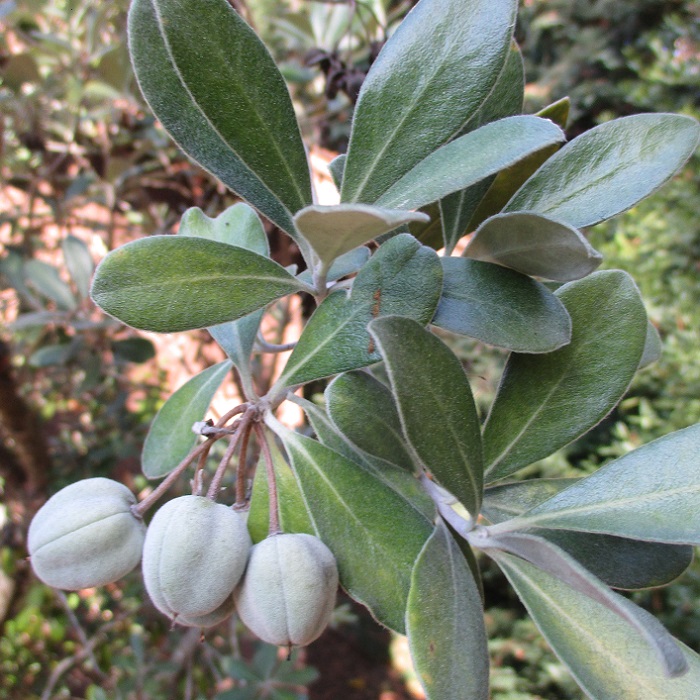UNITED STATES—Nothing lasts forever. Spring flowers fade. Summer fruit gets eaten. Fall color falls from the trees and gets raked away. Berries and other small fruits that ripen to provide a bit of color through late autumn get eaten by birds and squirrels through winter. Every type of berry and every season is unique. It is impossible to predict how long particular berries will last through any particular season.
It would be presumptuous to believe that colorful berries should remain uneaten in our gardens until they decay. After all, they are produced specially for the birds and rodents who consume them. Their visually appealing bright colors are more culinarily appealing to overwintering wildlife. It is no free lunch though. Well fed wildlife is expected to disperse the seed within the berries they eat.
It is an ingenious system. Wildlife might think that they exploit the inanimate flora who produces the berries and small fruit for them. The associated flora could think that they exploit the mobility of the wildlife who eats their seed laden fruit. Those of us who grow plants who utilize this technique get to enjoy the color of the fruit while it lasts. Some of us prefer to enjoy the wildlife attracted to it.
Firethorn (pyracantha), toyon, cotoneaster and English hawthorn are the best for colorful red berries in late autumn and winter. All are of the family Rosaceae, and produce similar clusters of small bright red or maybe reddish orange berries. Yellow firethorn is rare here. Cotoneaster can be tall shrubbery, sprawling shrubbery, or groundcover. Only English hawthorn is a deciduous small tree.
The many species and cultivars of holly are unrelated to the family Rosaceae. In other regions, some are famous for producing seemingly similar berries. However, those that are the most prolific with berries are unpopular here. Those that are somewhat popular produce only a few berries due to a lack of pollinators. (They are dioecious, so female plants must be pollinated by rare males.)
This is the time of year to appreciate the colorful berries while they last.
Highlight: karo
Of all the popular pittosporums in Western landscapes nowadays, the karo, Pittosporum crassifolium, is certainly not one of the most familiar. It might have been one of the earliest to have been popularized here though. Because of its resiliency to coastal climates, it was a common hedge in San Francisco during the Victorian Period. With minimal watering, it did well farther inland too.
Karo are nice fluffy evergreen shrubs that can get 15 feet tall. They excel both as informal screens and refined hedges, and can be staked as small trees on single straight trunks. Alternatively, lower growth of big shrubby specimens can be pruned up to expose a few delightfully sculptural trunks. ‘Compactum’ is a densely foliated mounding cultivar that might stay less than three feet tall.
The Latin name, Pittosporum crassifolium, is quite descriptive. The literal translation is “sticky-seed thick-leaf.” The two or three inch long leaves are not really thick, but their slightly grayish upper surfaces and more grayish tomentous (fuzzy) undersides make them seem almost succulent. Small and round seed pods eventually split open to reveal dark seed glued together with sticky resin.
Horticulturist Tony Tomeo can be contacted at tonytomeo.com.







